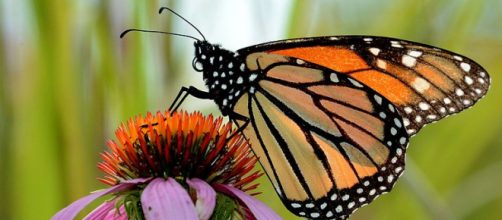The ecological balance is disturbed by the spate of climatic disorders like drought, wildfires, flash floods, and hurricanes that have struck the United States in recent times. The rapid industrialization coupled with the expansion of human settlements have led to the inevitable loss of a large number of species. Conservationists have sounded the alarm and have cautioned that nearly one-third of wildlife species in the country are facing an uncertain future with the risk of extinction on the cards. Nearly 500 species have not been seen in decades and these include butterflies, freshwater fish, and large mammals.
Daily Mail UK reports that according to Collin O’Mara, president, and CEO of the National Wildlife Federation, it is a crisis situation and efforts must be taken to reverse the trend.
The picture is grim
The alarming figures have been released by the authorities of various groups who are responsible for monitoring wildlife and are based on status assessments led by NatureServe. The data indicates more than 150 species that have already gone extinct in the United States with fears of many more that could enter the list. The freshwater fish is an example – research suggests that these have suffered and their numbers have reduced drastically.
When it comes to pollinators, the picture is certainly worrisome because butterflies and bees are at the receiving end.
The population of monarch butterflies has nose-dived within the last two decades and they are as good as extinct. The number of North American species of bats have also reduced due to a disease that has taken a heavy toll. The swift fox is another casualty – it is no longer seen in the historic Great Plains range.
It is difficult to assign any specific reason but, these could happen when the ecological balance is upset by the vagaries of nature due to climate change. The droughts, wildfires, sudden floods, and hurricanes result in the destruction of greenery and loss of natural habitats for wildlife.
Recovery is possible
In the opinion of Bruce Stein of the National Wildlife Federation, the United States has witnessed some success in conservation efforts, but much more must be done.
There is a decline in the population of many wildlife species and new threats keep emerging which must be tackled. If the ecological balance is disturbed, it will lead to survival problems.
Conservation efforts in the past have helped to bring back near extinct species like Colorado’s Canada lynx, and New England cottontail rabbits. It would be necessary for all concerned to prepare action plans and tackle these issues. John McDonald, president of the Wildlife Society, feels wildlife in America is at risk and it covers all categories. In order to protect their interests, funds must be made available.


